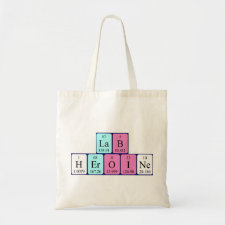
Authors: Dinu MV, Dinu IA, Lazar MM, Dragan ES
Article Title: Chitosan-based ion-imprinted cryo-composites with excellent selectivity for copper ions.
Publication date: 2018
Journal: Carbohydrate Polymers
Volume: 186
Page numbers: 140-149.
DOI: 10.1016/j.carbpol.2018.01.033
Alternative URL: http://www.sciencedirect.com/science/article/pii/S014486171830033X
Abstract: An original strategy is proposed here to design chitosan-based ion-imprinted cryo-composites (II-CCs) with pre-organized recognition sites and tailored porous structure by combining ion-imprinting and ice-templating techniques. The cryo-composites showed a tube-like porous morphology with interconnected parallel micro-channels, the distance between the channel walls being around 15 μm. Both the entrapment of a natural zeolite and the presence of carboxylate groups, generated by partial hydrolysis of amide moieties, led to II-CCs with controlled swelling ratios (25-40 g/g, depending on pH) and enhanced overall chelating efficiency (260 mg Cu2+/g composite). To point out the importance of introducing Cu2+ recognition sites, sorption experiments using mixtures of Cu2+ and other competing ions (Co2+, Ni2+, Zn2+ or/and Pb2+) were also carried out. The higher values of selectivity coefficients obtained for the II-CCs compared to those of non-imprinted ones highlight the remarkable potential of our sorbents for decontamination of wastewaters and recycling of Cu2+ ions
Template and target information: copper ion, Cu(II)
Author keywords: chitosan, Cryo-composites, Ion-imprinting, selectivity, Unidirectional freezing



Join the Society for Molecular Imprinting

New items RSS feed
Sign-up for e-mail updates:
Choose between receiving an occasional newsletter or more frequent e-mail alerts.
Click here to go to the sign-up page.
Is your name elemental or peptidic? Enter your name and find out by clicking either of the buttons below!
Other products you may like:
 MIPdatabase
MIPdatabase









